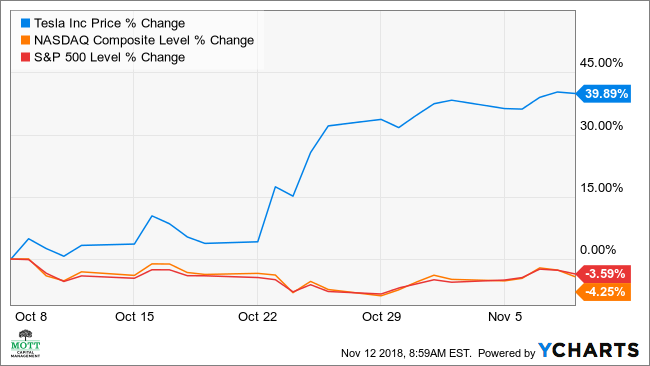Is your conclusion that the FMR group owned:I apologise for my tone. I am sure you have thought much more about institutional ownership of TSLA than me, and without digging deeper your evidence does look convincing. What I am trying to say is that these secondary sources all get their data from the 13F’s, and that the only way to determine if they made a mistake is to read the 13F’s yourself.
I dug into this some more, and here is what I found. The original 13F for end of 2Q 2018, filed on 08/10, has 5 entries for Tesla stock which add up to about 11M shares. The largest of these numbers is 9,873,586. The amended form, filed on 09/07, has only 1 entry for Tesla stock with 9,872,686 shares.
Now I guess there are two reasonable interpretations.
1. They forgot about almost 10M shares in the original report, so we should add this number to the total. Or
2. They revised the original number down by 900 shares.
I believe the sources you are quoting all went with option 1 (or one of them went with option 1 and the others are pulling their data from that source) but I think common sense dictates that option 2 is correct.
One way to try to determine which interpretation is correct is to look at the corrected data for other stocks. I picked 3 other stocks in the amended report at random with a large number of shares, and in each case I found a corresponding entry in the original report with a number that was very close.
I am not an expert on 13F’s. In fact I’ve never read one before in my life. So please let me know what I’m doing wrong.
11,195,866 shares at 6/30/18 (after the correction in the largest holding) and
9,094,405 shares at 9/30/18 so
FMR group reduced it's TSLA holdings by 2,101,461 shares (18.8%) during the third quarter?
FMR group's TSLA holdings seem to have peaked at 3/31/17 when it reported owning 24,450,435 shares



